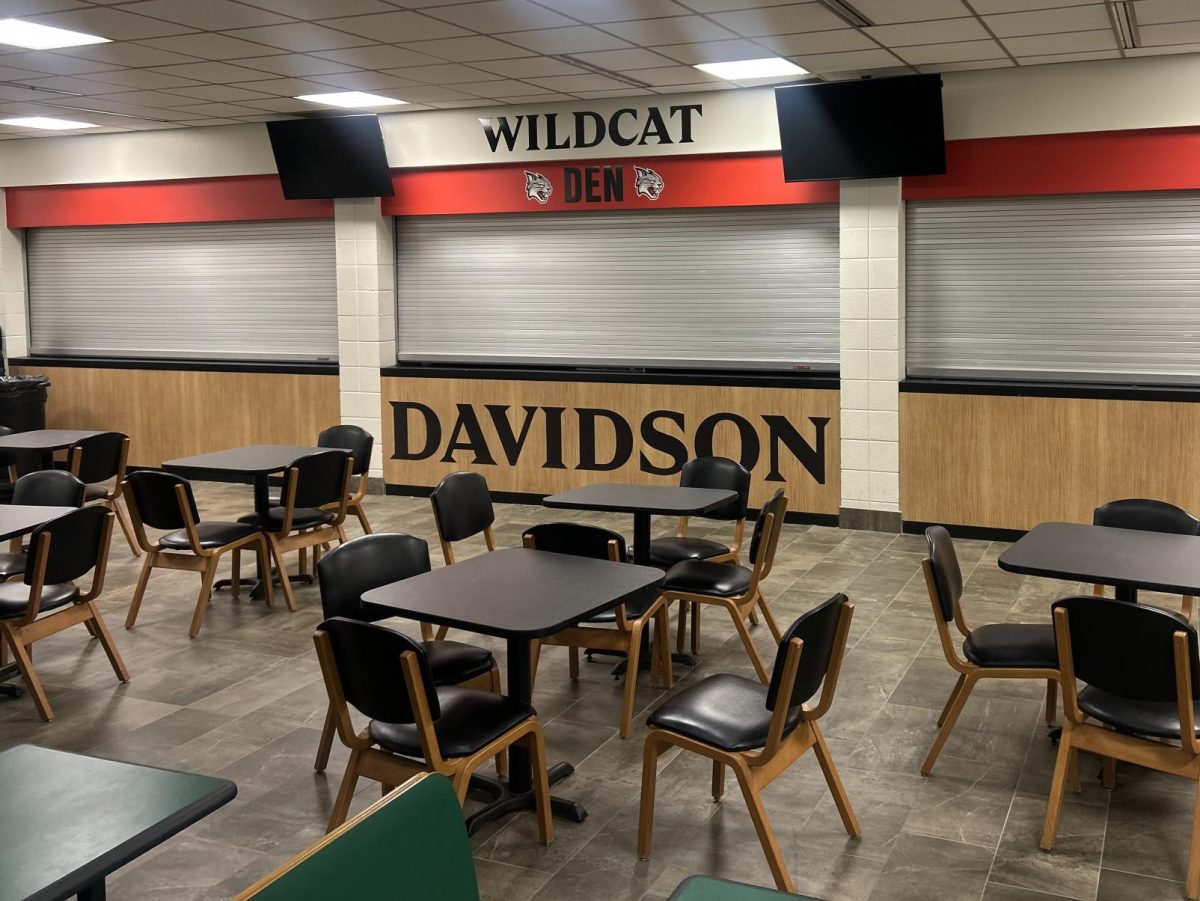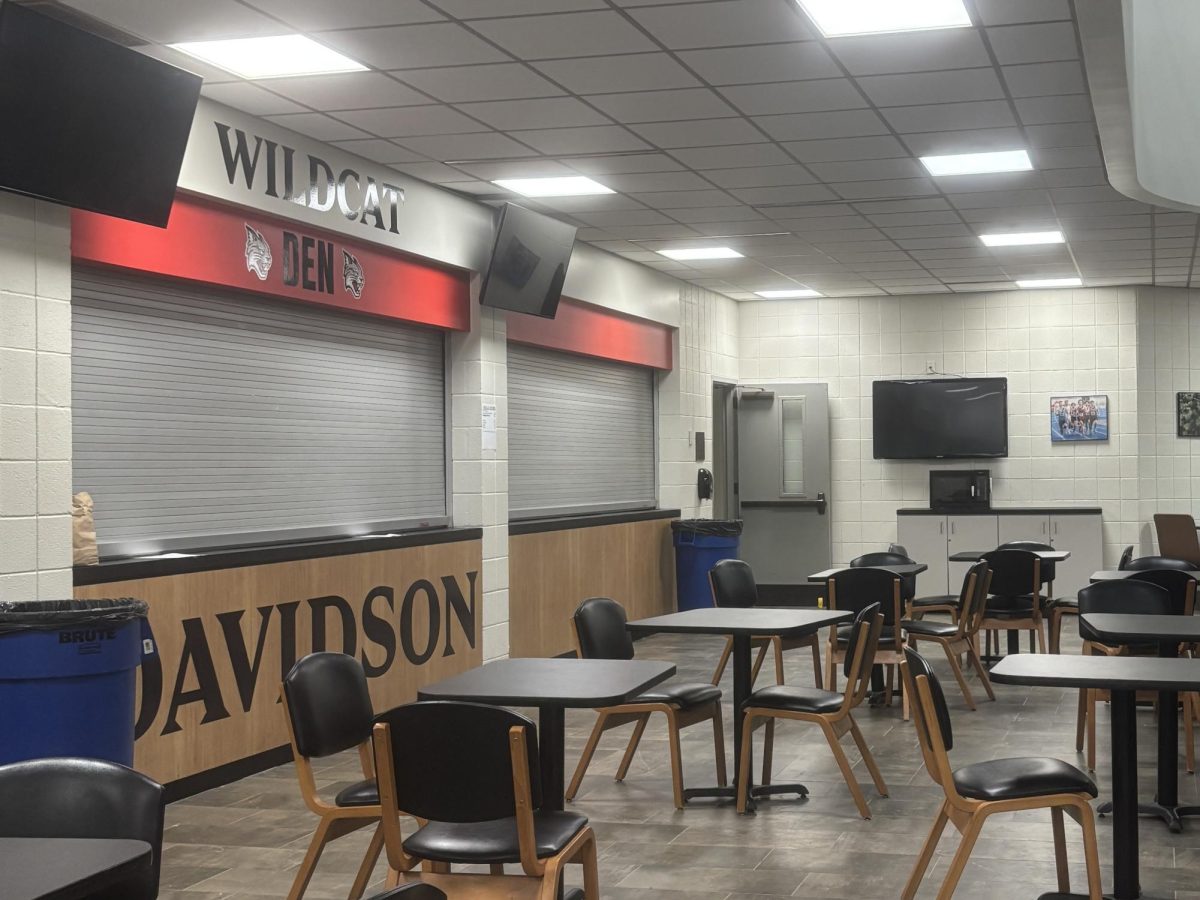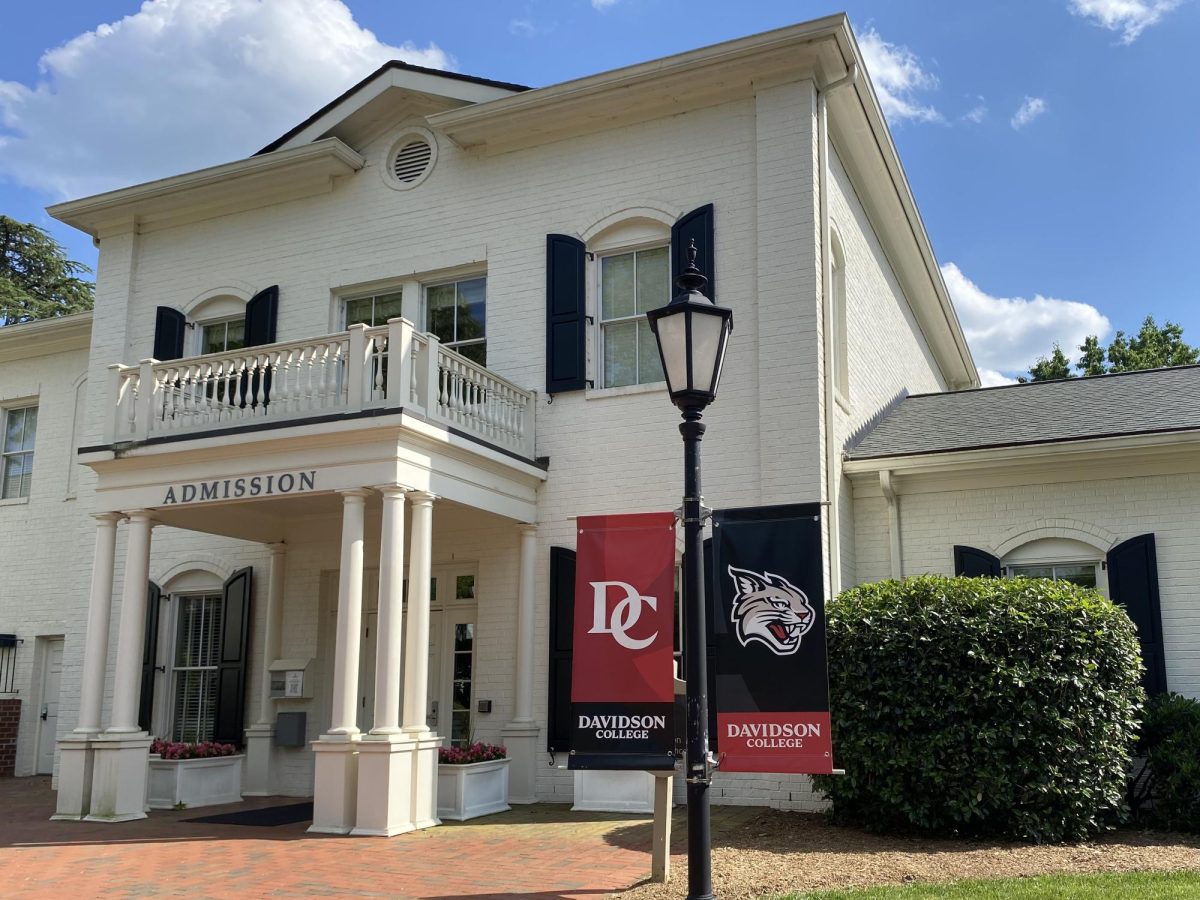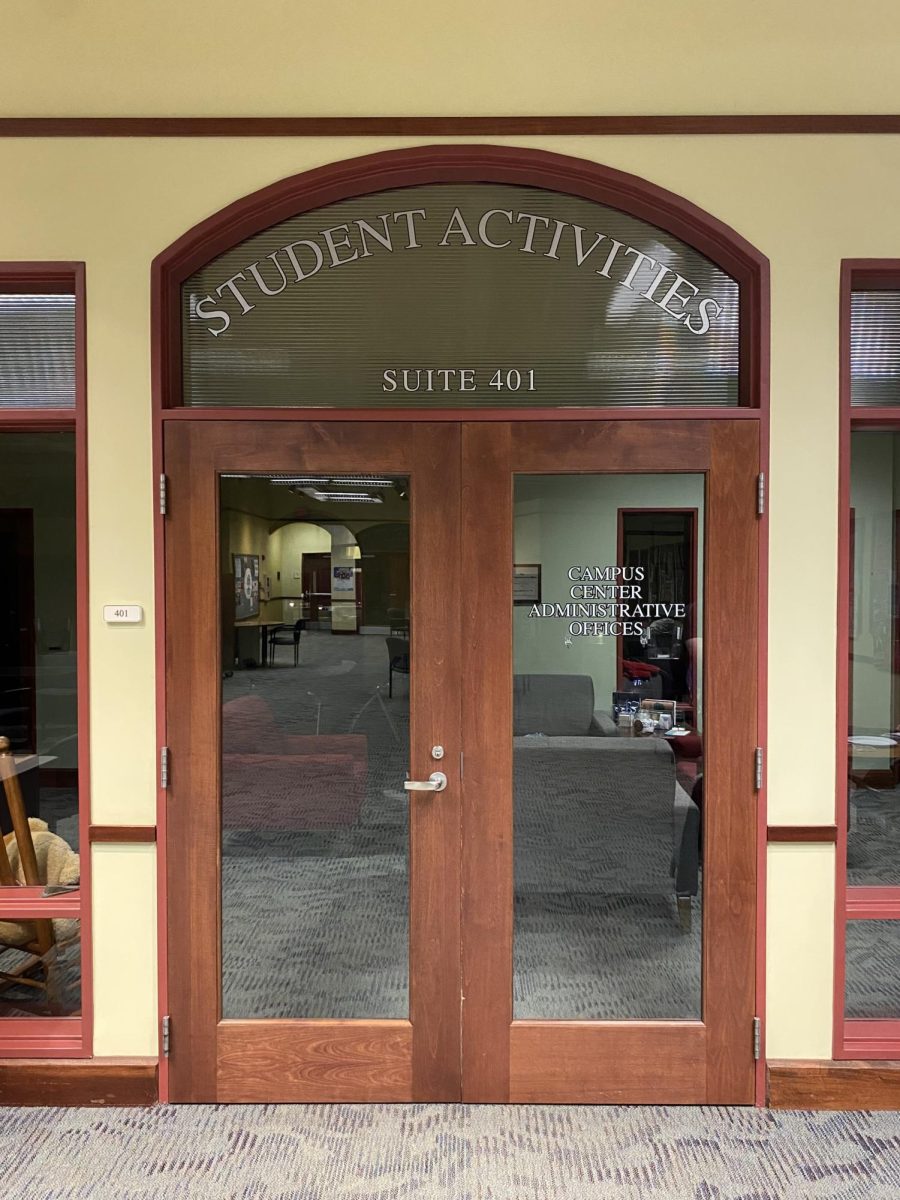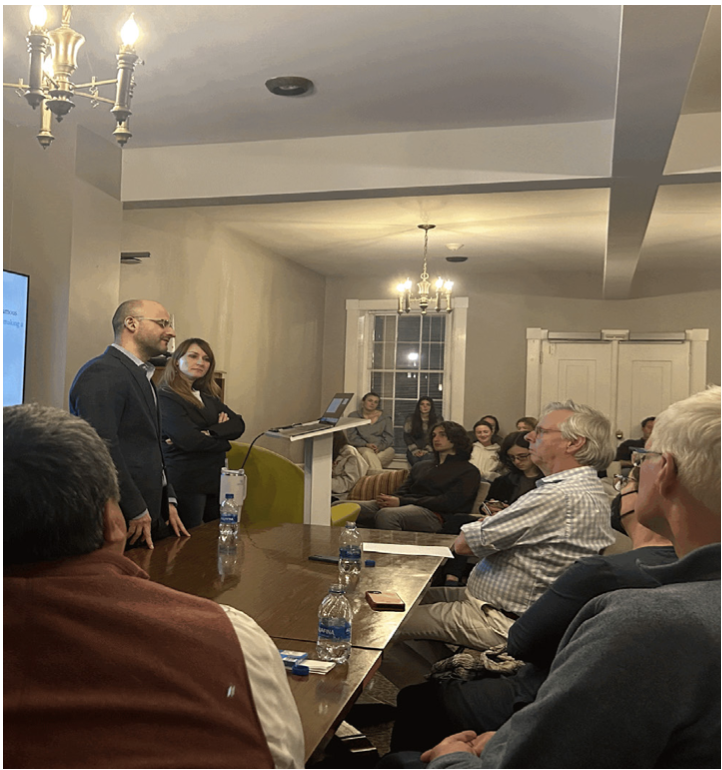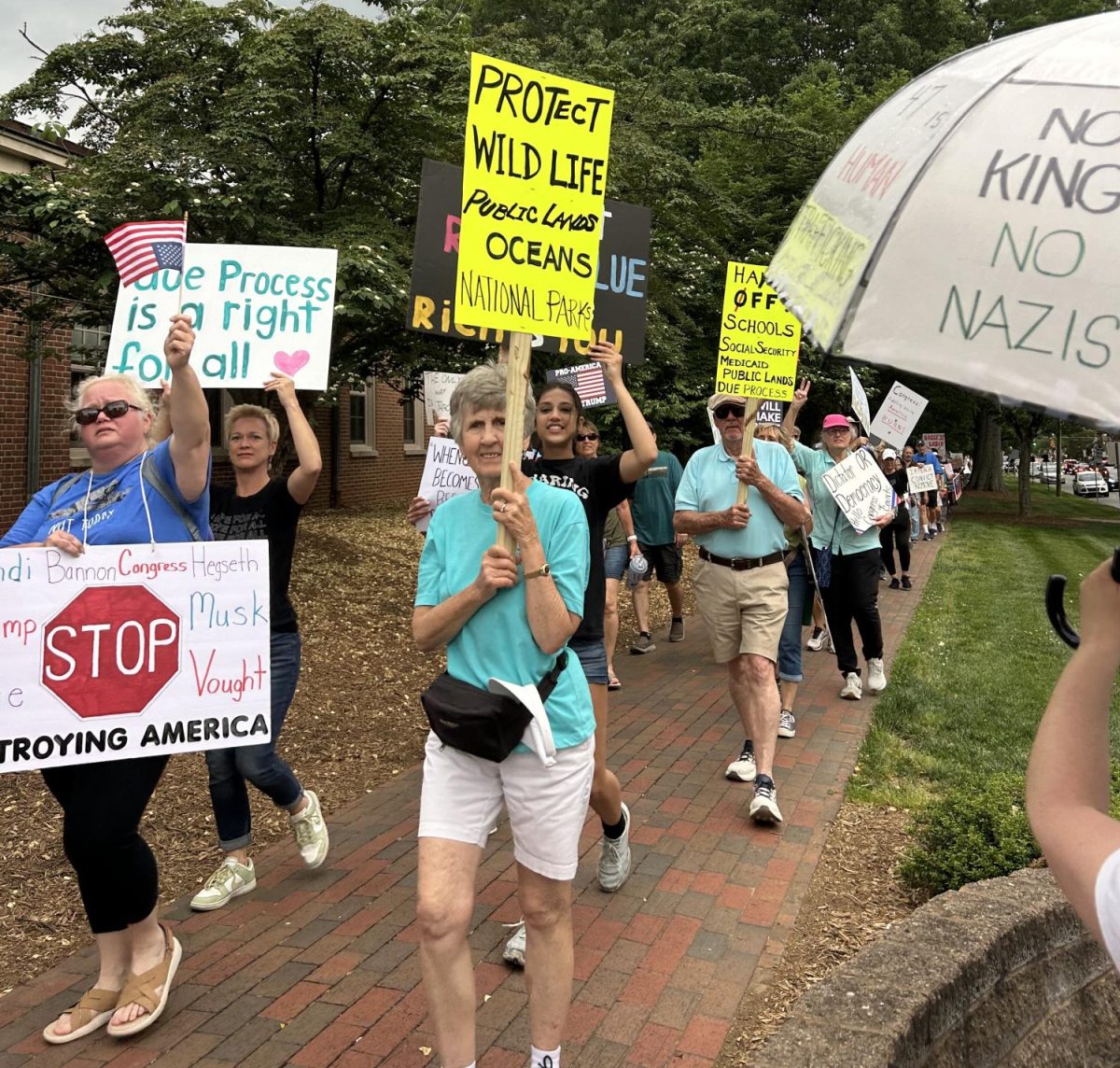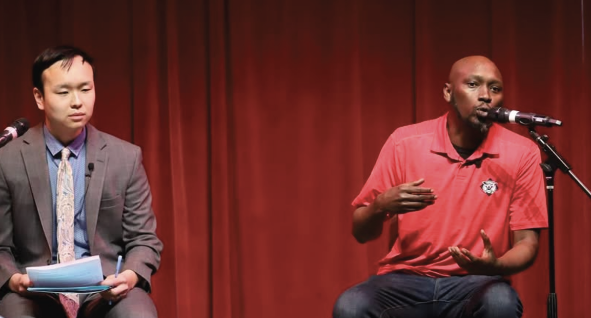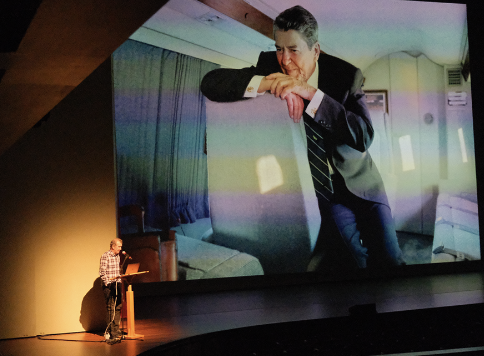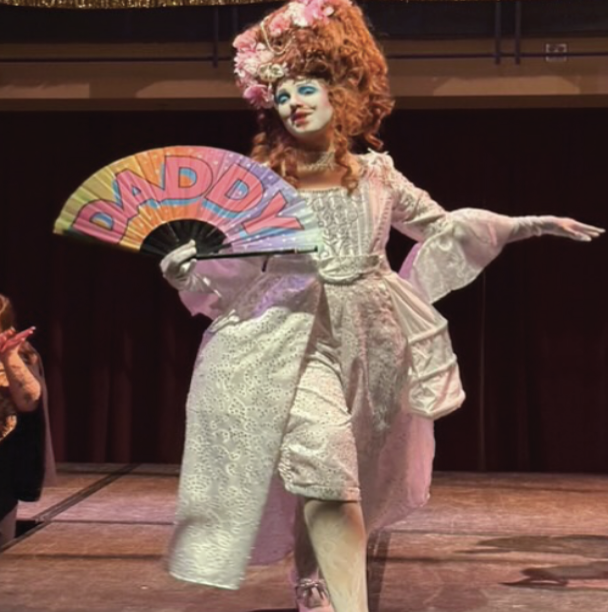Ov er winter break, thanks to the Dean Rusk Exploratory Learning Grant, I had the opportunity to travel to Vietnam with a seemingly simple goal: explore the impact of fast fashion on traditional tailors in the country. As an economics major, I arrived with a straightforward hypothesis that fast fashion, with its cheap, mass-produced clothing, was putting immense pressure on local tailors, making it nearly impossible for them to compete with larger businesses. I imagined a clear narrative where fast fashion was the villain, the main antagonist crushing the long-standing, small-scale artisanship of Vietnam’s tailoring community. What I found, however, was far more complex, nuanced and unpredictable than I had expected.
er winter break, thanks to the Dean Rusk Exploratory Learning Grant, I had the opportunity to travel to Vietnam with a seemingly simple goal: explore the impact of fast fashion on traditional tailors in the country. As an economics major, I arrived with a straightforward hypothesis that fast fashion, with its cheap, mass-produced clothing, was putting immense pressure on local tailors, making it nearly impossible for them to compete with larger businesses. I imagined a clear narrative where fast fashion was the villain, the main antagonist crushing the long-standing, small-scale artisanship of Vietnam’s tailoring community. What I found, however, was far more complex, nuanced and unpredictable than I had expected.
What struck me early on was the realization that fast fashion and traditional tailoring weren’t necessarily substitutes for one another. The conventional wisdom I had brought with me assumed that mass-produced clothing from global brands would undermine local tailors. But in reality, the two were often operating side by side. Fast fashion was not always the threat I had imagined. Instead, it was often an economic force that tailors could either adapt to, resist or leverage depending on their business models, location and target clientele.
As I spent time with local tailors, I quickly observed that their businesses were not uniform. Some were competing with fast fashion on price and speed, offering quick turnarounds and affordable options to meet the expectations of tourists and the growing middle class. These tailors had learned to match the rapid production cycles of the global fast fashion industry, tailoring garments quickly and affordably, just as the big brands did. In a sense, some tailors had adopted fast fashion’s playbook. But this wasn’t a story of being “crushed” by the industry. Rather, it was a narrative of adaptation: tailors taking advantage of the same economic pressures to find their niche within the changing landscape.
On the other hand, there were also tailors who resisted the pull of mass production. They focused on delivering high-quality, custom-made garments, offering craftsmanship that stood in stark contrast to the often soulless, cookie-cutter designs of fast fashion. For them, the value of tradition, skill and artistry were irreplaceable. In these cases, it was clear that fast fashion didn’t render the traditional approach obsolete—it simply created a different lane for these artisans. The high-end tailoring industry in Vietnam still found its market.
What I did not expect was the central role that tourism played in shaping the fortunes of traditional tailors. As I moved across different parts of Vietnam, it became apparent that it was tourism, not fast fashion, that was the most powerful force driving the changes in tailoring. In tourist-heavy areas like Hội An, tailoring had undergone a profound transformation. Once known for its skilled local artisans, the town had become an international tailoring hub, catering predominantly to tourists looking for quick, customized garments. Here, the demand for tailored clothing was not necessarily a reflection of an appreciation for Vietnamese craftsmanship but rather a product of tourism-driven consumerism. Tailoring became less about tradition and more about speed and volume, with shops crammed into every corner, all competing for attention.
In Hội An, many of the tailors weren’t even the ones making the garments. Instead, the business model was organized around centralized workshops that churned out clothing for multiple storefronts. Customers would select fabrics and have their measurements taken at the storefront, but the garments themselves were often produced in offsite locations, echoing the rapid turnaround times seen in fast fashion production lines. In this way, the tailors had become more like middlemen in a larger system of production, reflecting the pressures of an increasingly globalized, tourism-driven economy.
Still, not all tailors in Hội An fell into this mold. Some smaller, family-run businesses continued to emphasize quality over speed, valuing craftsmanship over quick profits. These tailors, while fewer in number, were a reminder that tradition could still endure amidst the pressures of mass production.
Ultimately, the biggest revelation of my trip was the realization that the impact of fast fashion on traditional tailoring was far from one-dimensional. It wasn’t simply a case of fast fashion being the villain: it was part of a larger, more complex story. Fast fashion had certainly played a role in shaping how tailors operate, but it was just one influence among many. Tourism, the global economy and the resilience of local artisans also played crucial roles. Some tailors embraced the model of mass production while others resisted it, choosing to maintain the integrity of their craft. The key takeaway was that there is no simple answer, no clear-cut villain or hero in this story. The truth is far more complicated, and as I came to understand, it often comes down to a simple answer: “It depends.”
Oliver Poduschnick ‘25 is a political science and history major from Middlebury, VT and can be reached for comment at [email protected].



